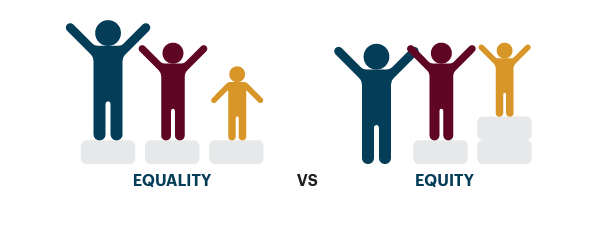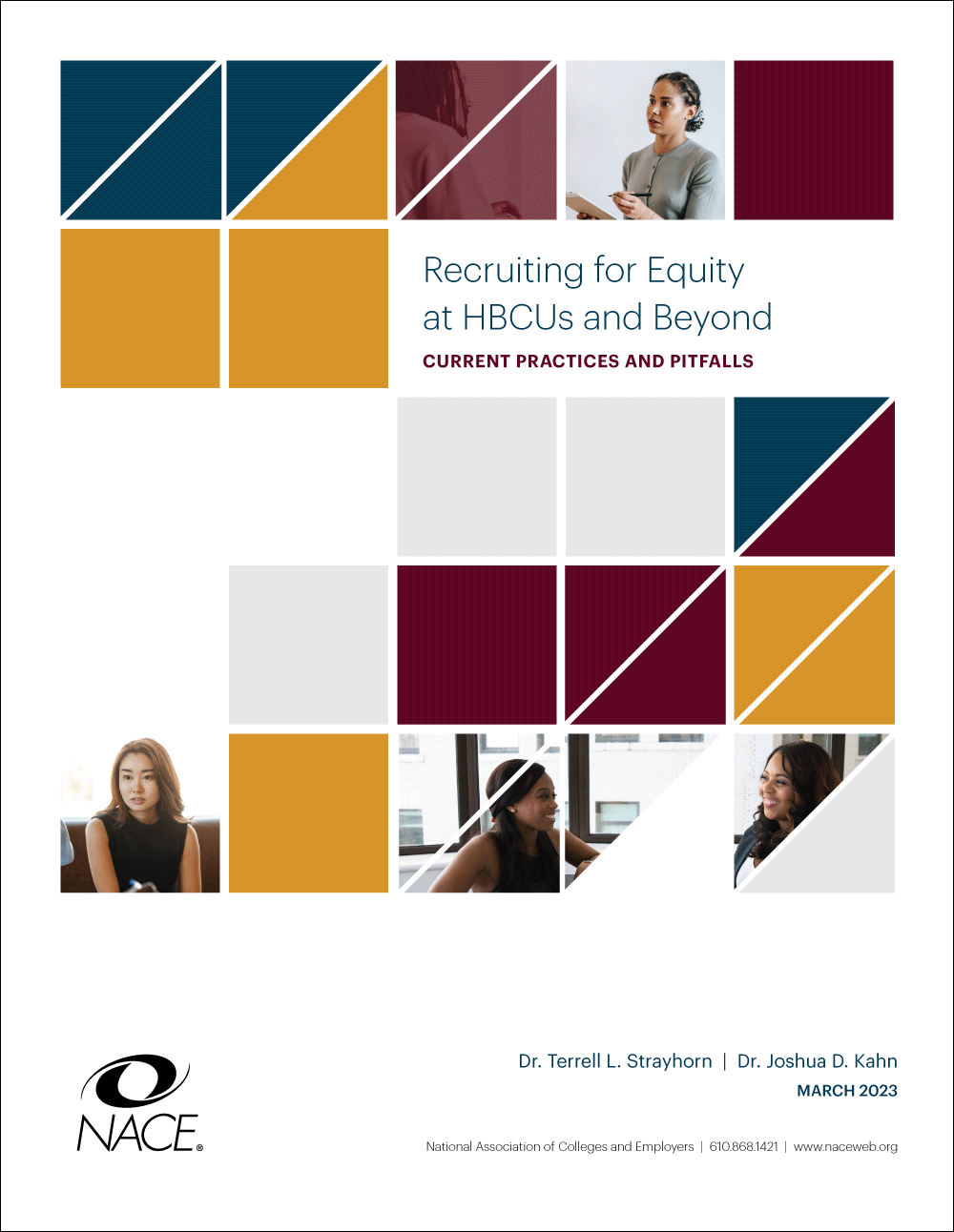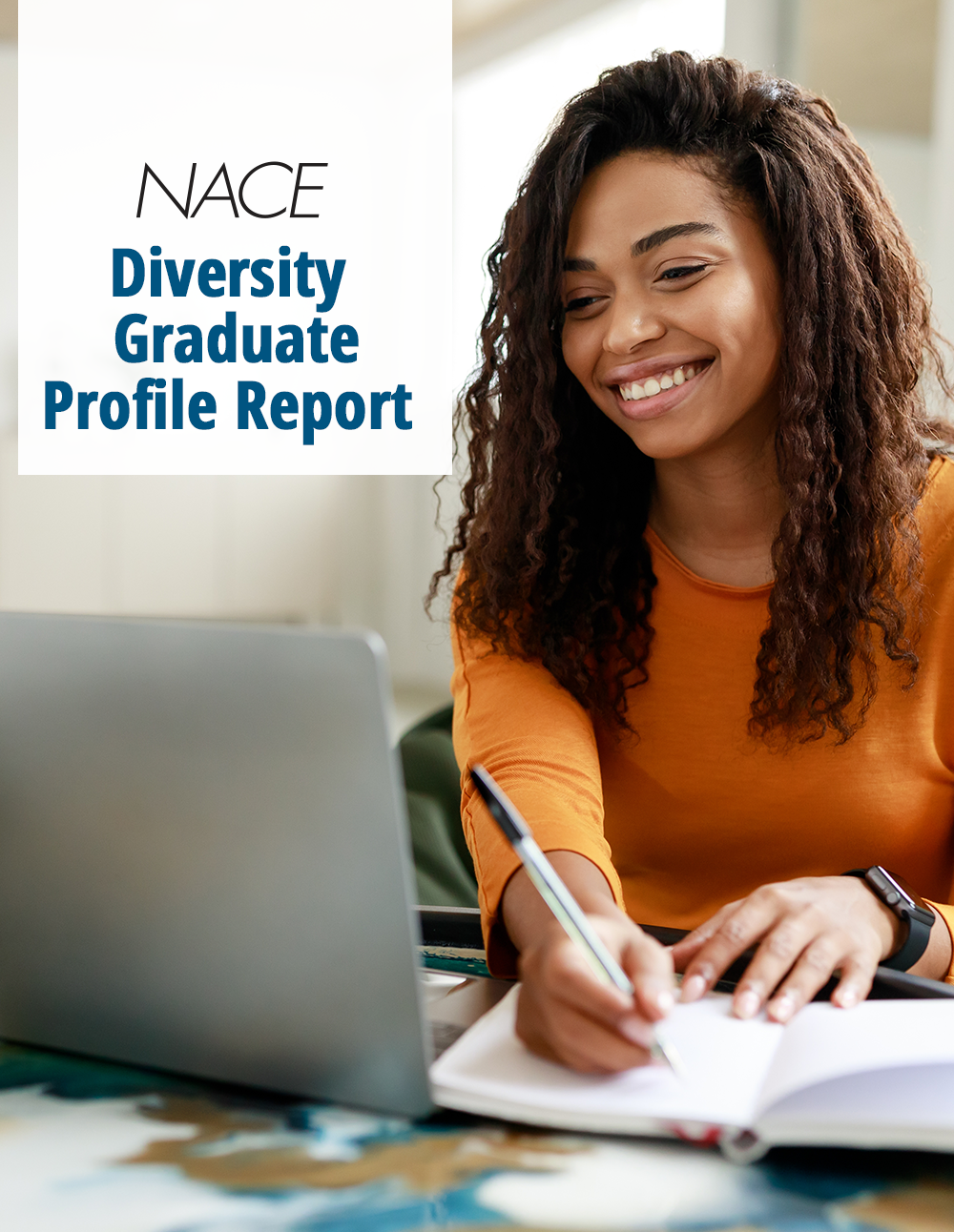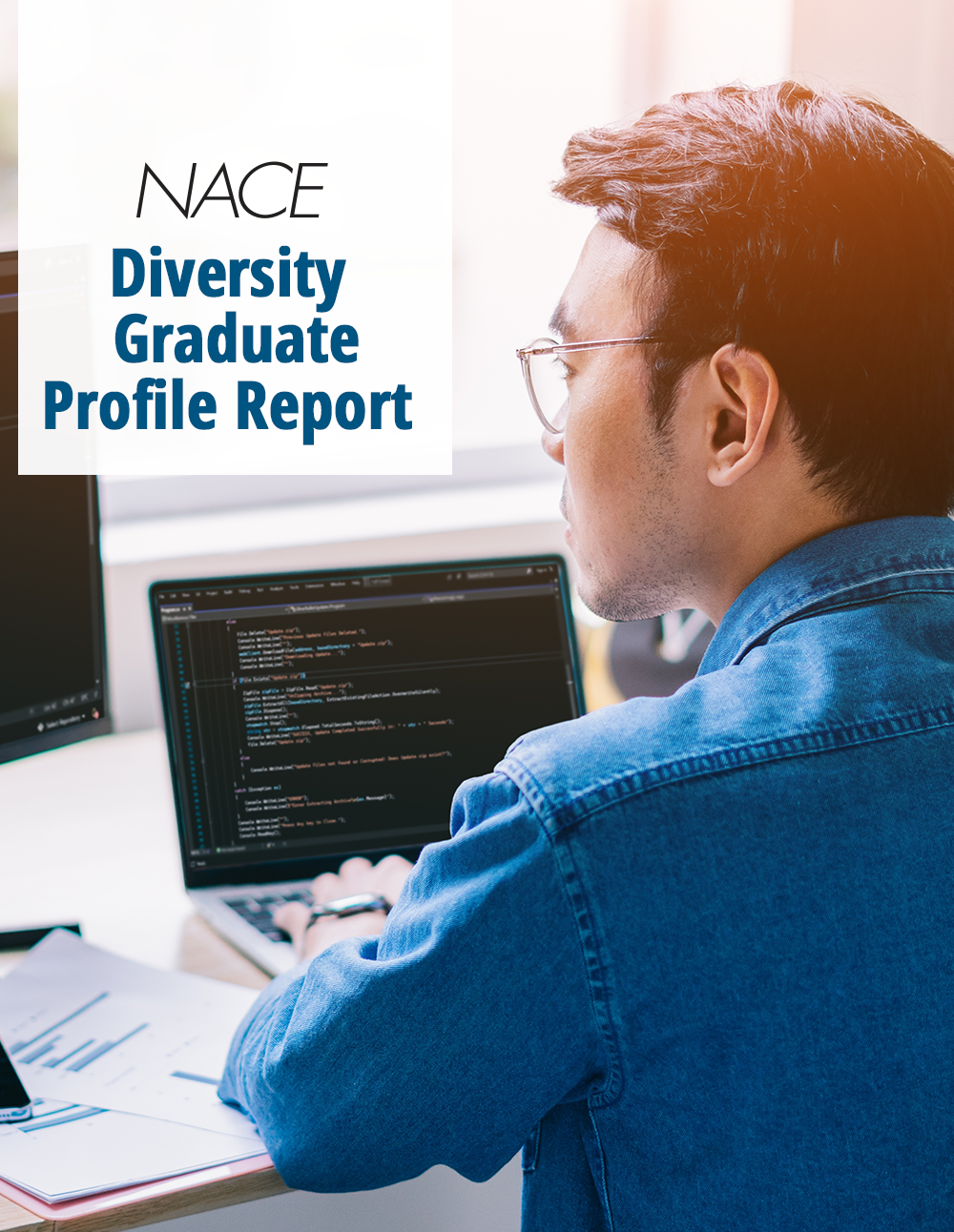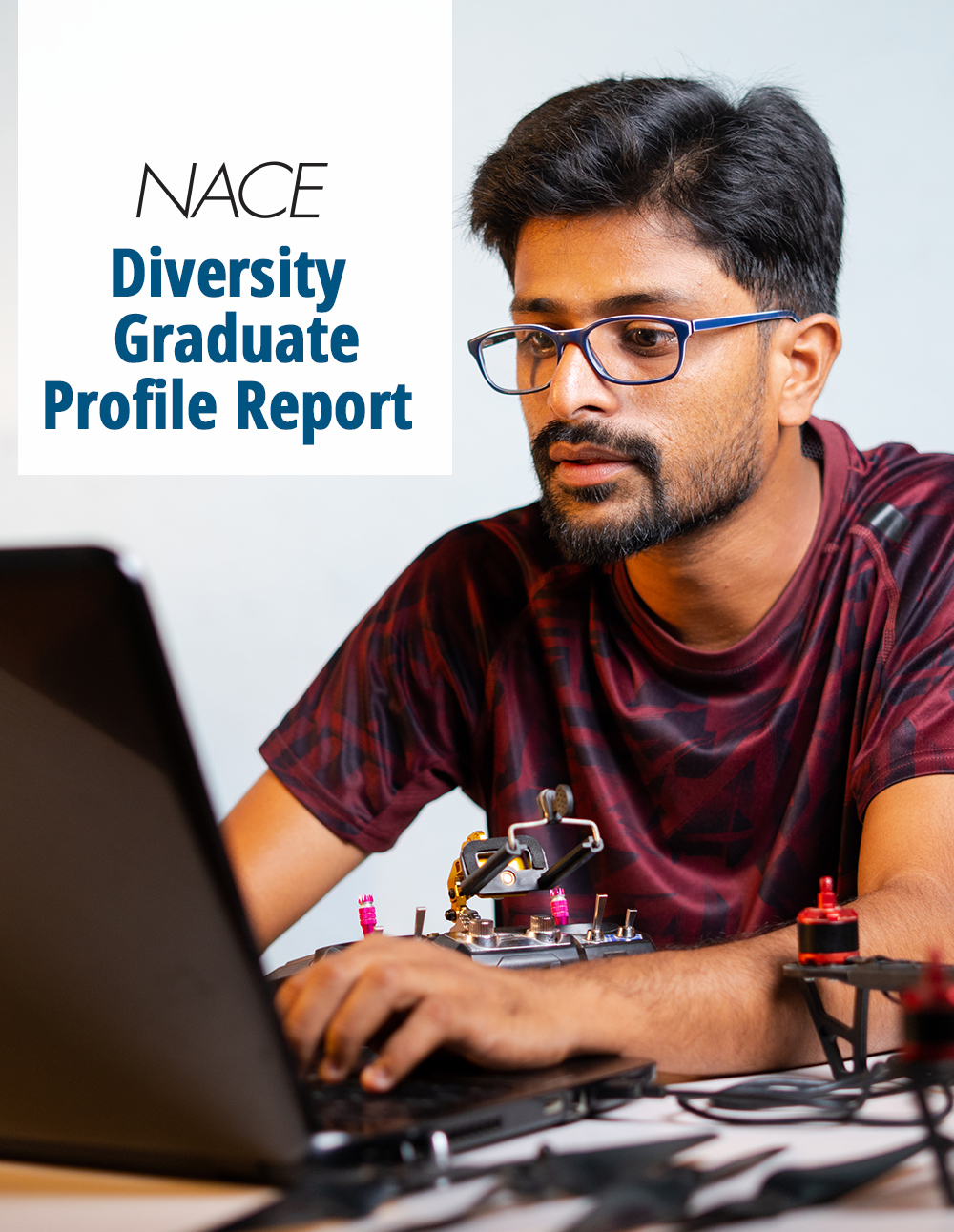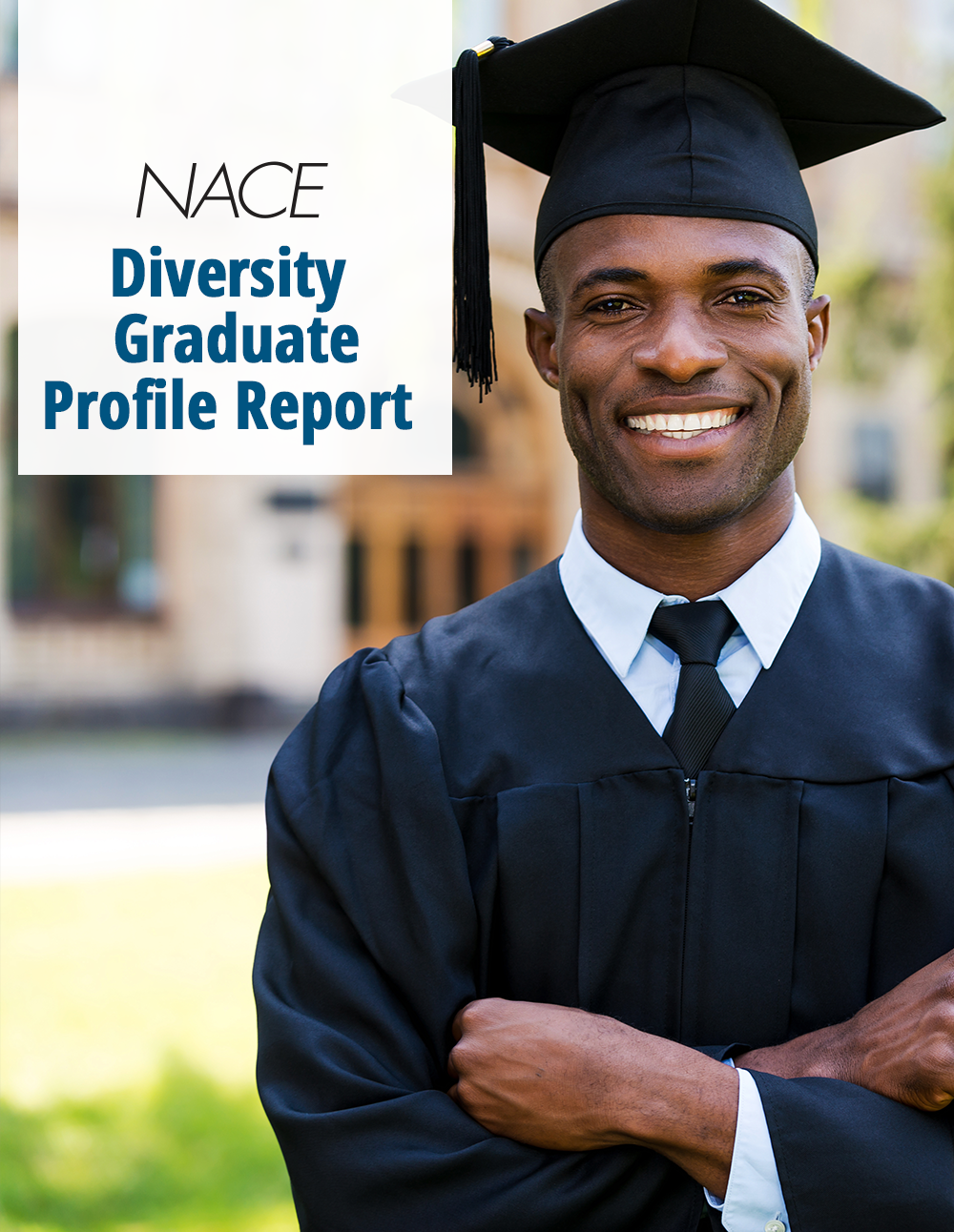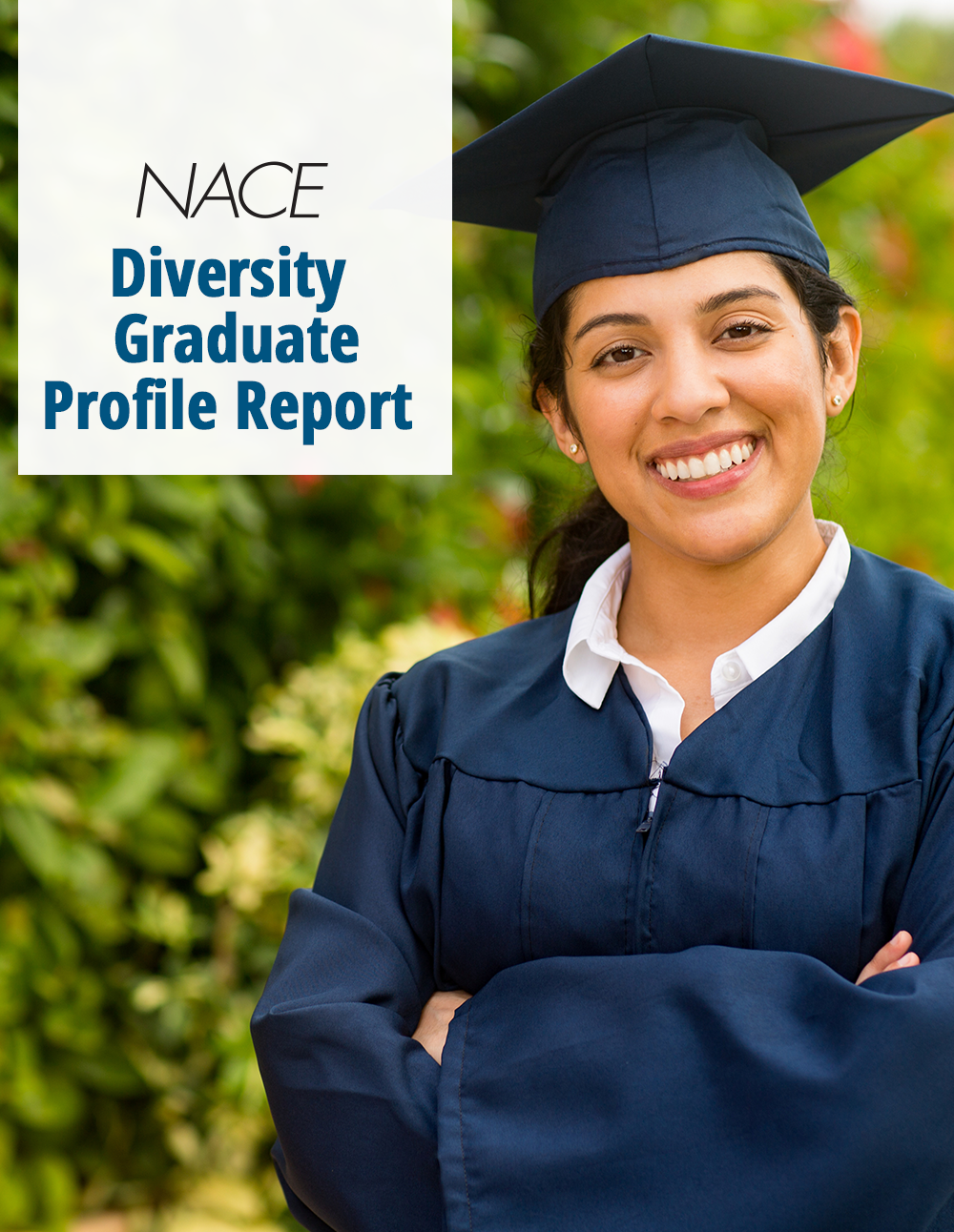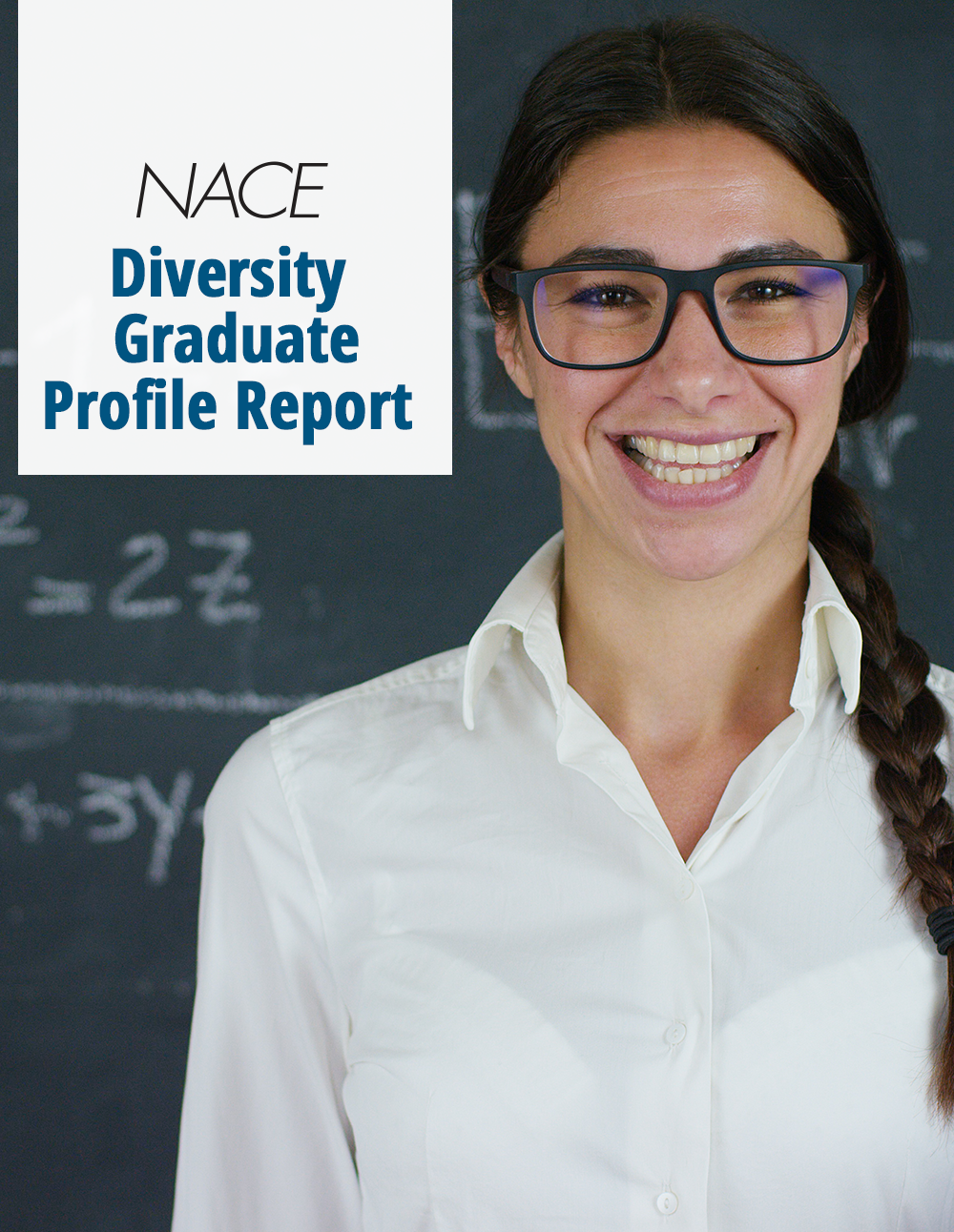In fall 2021, NACE conducted a quick poll to survey members about the challenges they experienced in addressing the career needs of diverse students. Respondents were asked to share the two top challenges in an open-ended format. In total, we coded 578 individual responses (455 responses from college members and 123 from employer members).
Table 1 is a frequency distribution of the challenges by colleges and employers. Figure 1 is an explanation of the codes with a sample of the responses from the poll.
Top Two Challenges
The top two challenges reported by college members were:
- Conducting outreach to students and reaching diverse populations.
- Not having enough resources, including staffing, budgets to conduct the necessary outreach to students, and professional development for staff to provide the support that is needed.
The top two challenges reported by employer members were:
- Conducting outreach to students for internships and jobs.
- A great deal of competition in the hiring market for diverse candidates.
TABLE 1
| CODES | |
|---|---|
| Outreach to student and student awareness | |
| COLLEGES | 29.2% |
| EMPLOYERS | 22.0% |
| Lack of staff, resources. and budget | |
| COLLEGES | 18.5% |
| EMPLOYERS | 8.1% |
| Lack of diverse staff, role models | |
| COLLEGES | 8.4% |
| EMPLOYERS | 3.3% |
| Nonacademic barriers | |
| COLLEGES | 7.7% |
| EMPLOYERS | 0.0% |
| Campus culture | |
| COLLEGES | 7.0% |
| EMPLOYERS | 0.0% |
| Lack of data | |
| COLLEGES | 4.6% |
| EMPLOYERS | 0.0% |
| Other | |
| COLLEGES | 4.6% |
| EMPLOYERS | 2.4% |
| Lack of student trust | |
| COLLEGES | 4.4% |
| EMPLOYERS | 0.0% |
| Lack of understanding of DEI | |
| COLLEGES | 4.2% |
| EMPLOYERS | 0.8% |
| Employers | |
| COLLEGES | 3.7% |
| EMPLOYERS | 0.0% |
| Geographic location | |
| COLLEGES | 1.8% |
| EMPLOYERS | 14.6% |
| Covid/pandemic | |
| COLLEGES | 1.1% |
| EMPLOYERS | 3.3% |
| Immigration | |
| COLLEGES | 1.1% |
| EMPLOYERS | 1.6% |
| Students’ lack of skills | |
| COLLEGES | 0.9% |
| EMPLOYERS | 4.1% |
| Implicit Bias/Discrimination | |
| COLLEGES | 0.7% |
| EMPLOYERS | 2.4% |
| Lack of partnership | |
| COLLEGES | 0.7% |
| EMPLOYERS | 3.3% |
| Alumni Connections | |
| COLLEGES | 0.4% |
| EMPLOYERS | 0.0% |
| Language | |
| COLLEGES | 0.4% |
| EMPLOYERS | 0.0% |
| None | |
| COLLEGES | 0.4% |
| EMPLOYERS | 0.0% |
| Competition in the market | |
| COLLEGES | 0.2% |
| EMPLOYERS | 21.1% |
| Not having strong enough brand recognition | |
| COLLEGES | 0.0% |
| EMPLOYERS | 8.9% |
| Workplace Culture | |
| COLLEGES | 0.0% |
| EMPLOYERS | 4.1% |
| CODES | COLLEGES | EMPLOYERS |
|---|---|---|
| Outreach to student and student awareness | 29.2% | 22.0% |
| Lack of staff, resources. and budget | 18.5% | 8.1% |
| Lack of diverse staff, role models | 8.4% | 3.3% |
| Nonacademic barriers | 7.7% | 0.0% |
| Campus culture | 7.0% | 0.0% |
| Lack of data | 4.6% | 0.0% |
| Other | 4.6% | 2.4% |
| Lack of student trust | 4.4% | 0.0% |
| Lack of understanding of DEI | 4.2% | 0.8% |
| Employers | 3.7% | 0.0% |
| Geographic location | 1.8% | 14.6% |
| Covid/pandemic | 1.1% | 3.3% |
| Immigration | 1.1% | 1.6% |
| Students’ lack of skills | 0.9% | 4.1% |
| Implicit Bias/Discrimination | 0.7% | 2.4% |
| Lack of partnership | 0.7% | 3.3% |
| Alumni Connections | 0.4% | 0.0% |
| Language | 0.4% | 0.0% |
| None | 0.4% | 0.0% |
| Competition in the market | 0.2% | 21.1% |
| Not having strong enough brand recognition | 0.0% | 8.9% |
| Workplace Culture | 0.0% | 4.1% |
Figure 1: Examples of Codes
Alumni Connections
- Leveraging alumni who are from historically marginalized groups to serve in mentorship roles
Lack of staff, Resources, and Budget
- Lack of staff to create DEI resources/services/events for identity-based groups.
- Funding to offer focused programs and services and still serve all other students.
- Extra funds to offer a specific training that would hit on specific developmental experiences of students from historically marginalized populations.
- Not having the budget we would like to be as innovative as we would like.
Competition in the Market
- It seems to be everyone’s priority now and therefore super competitive to retain existing diverse talent AND increase new diverse talent.
- Competing with so many other companies - how to stand out from the crowd.
- It is difficult to compete with large companies who are willing to invest more in university partnerships and pay more for diverse students/ recent graduates.
Not Having Strong Enough Brand Recognition
- Building brand awareness with these groups.
- We do outreach but don't have a big turnout because we are not a household name.
Campus Culture
- Changing the campus culture around marginalized groups. Some students from marginalized groups find our faculty and staff as unwelcoming and apathetic.
- Getting the school as a whole to be accountable for DEI efforts and not see it as a singular office agenda.
- Being seen by colleagues as the experts to support these students and their career development.
COVID/Pandemic
- Covid limiting on campus involvement for company branding.
- With the pandemic, it has been difficult to get on campus and we have not been having as much success as we had hoped with virtual sessions.
- Lack of student engagement in virtual and in-person events during this hybrid time.
Lack of Data
- Institution concerns about sharing students' racial identity and ethnicity has limited what student participation data has been collected.
- Data quality and disaggregating data.
Lack of Diverse Staff, Role Models
- Building trust when the department is all white.
- Diversifying our staff to better reflect our student body.
Employers
- Employers having a stronger presence at our campus.
- Providing job and internship opportunities in organizations that are led / owned by individuals from historically marginalized groups.
- Educating employers on what a true DEI plan should look like and not a box that can be checked. Making sure that students are not felt to be a target by employers and how to determine a true diverse culture at future employer sights.
Geographic Location
- Regionally speaking, there is not too much in the way of DEI resources (outside of the school).
- Being in a rural area, some students feel we can't assist with their goals if they want an urban environment.
- Ability to have students commit to organization for full-time, due to location.
Implicit Bias/Discrimination
- Bias in interview process.
- Interviewers tend to gravitate toward those who "look" like them, went to the same schools, etc. Unconscious bias is what we are trying to overcome.
- Assumptions made about certain populations needing assistance.
Immigration
- Very high number of undocumented students. Reaching them without making lists and creating opportunities for funded experiential learning.
- We can't sponsor foreign nationals.
Language
- Language Barriers
Nonacademic Barriers
- Working part time to full time to pay for college - no time for internships.
- Students of color are balancing multiple jobs and family responsibilities on top of their academic schedules. They do not have time/privilege of selecting jobs and internships based solely on career development needs.
- Transportation
- Childcare
Outreach to Students and Student Awareness
- As we market to the groups and work with our DEI office to do so, getting them to come to events and our office is the biggest challenge.
- Building awareness and student referrals. Need student influencers.
- Getting the students to engage with the office prior to taking the required career development course in their senior year.
- Offering effective messaging about prospective employers interested in students from historically marginalized groups.
- Making sure that the office shares the information through channels that will reach students.
- Outreach to student groups has been made more difficult by ongoing pandemic stressors for students.
Lack of Partnership
- Partnering with other universities to host programs for marginalized groups when group size on our campus doesn't support programming.
- Little connection with these student groups or universities.
- No deep relationships at the target schools.
Students’ Lack of Skills
- Preparedness, level of preparedness.
- Skill gaps, especially in technical roles.
Lack of Understanding of DEI
- Lack of understanding on how to best reach HBCU/MSI STEM students.
- We've been more focused on the job search end of helping students and are transitioning to focus more on early career exploration, and helping students from historically marginalized populations understand the impact their identity might have on under-aspiring and choosing lower paying majors is important but we haven't figured out how to do it yet.
- As PWI, there is a definite tone of being 'white saviors' which is off-putting.
Workplace Culture
- We would like to hire more females, but manufacturing does not lend itself to flexible schedules.
- Internal mentorship for new talent joining the organization.
